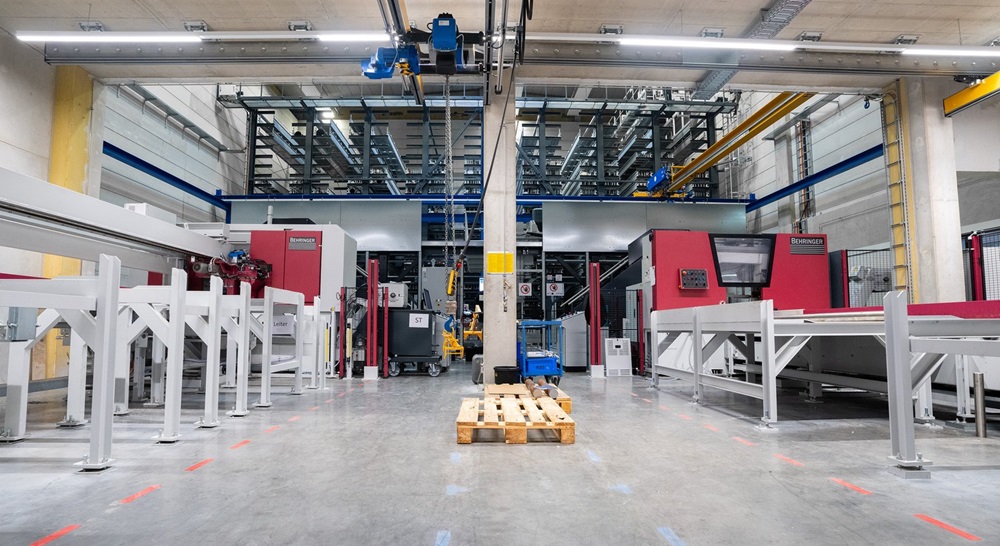Iron-cutting machines are indispensable machinery in sectors such as the mechanical and metalworking sectors, where precise and rapid cutting of ferrous materials is essential. Sthemma, owner of the Thomas range of bandsaws, sets out the different types of iron-cutting machines, the advantages of professional versions, and provides guidance on how to choose the best model.
Manual iron cutters are among the simplest solutions, used mostly for small jobs or occasional operations. Although powered by hand, these machines guarantee good precision and are suitable for cutting thin thicknesses.
Toothed disc cutters for iron are the preferred choice for those seeking high performance and precise cuts on hard materials. The toothed disc is designed to withstand intensive cuts and ensures a long tool life. These models are particularly suitable for precision work on thick and hard materials, such as iron pipes and bars. They also offer a higher cutting speed.
Bandsaws for iron are best suited to continuous, repetitive cuts. Unlike disc saws, they use a band blade that provides greater flexibility and precision, especially on long, irregularly shaped materials. The band blade also provides burr-free cuts.
Professional iron-cutting machines stand out for a series of advantages that make them indispensable in the metalworking sector. In addition to power and precision, Sthemma says that a professional mitre saw guarantees maximum safety and reliability. They also offer speed and efficiency without compromising quality of cut.
Factors for selecting the best mitre saw for iron include engine power, blade or disc type, cutting capacity, and maintenance requirements.
In conclusion, professional cutting machines offer significant advantages in terms of precision, speed and versatility, making them an indispensable tool in the metalworking sector.
More information www.sthemma.com



















